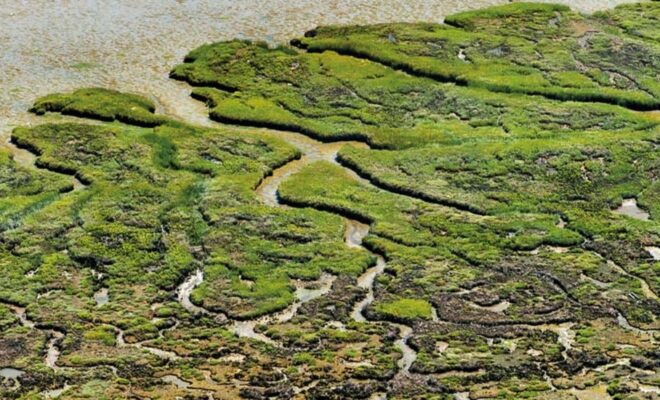Gigantic Marine Reptile’s Fossils Found by British Girl and Father
4/26/2024 - By Will Dunham. April 17 (Reuters) - A fossil jawbone found by a British girl and her father on a beach in Somerset, England belongs to a gigantic marine reptile dating to 202 million years ago that appears to have been among the largest animals ever on Earth. Researchers said on Wednesday the… SEE MORE










